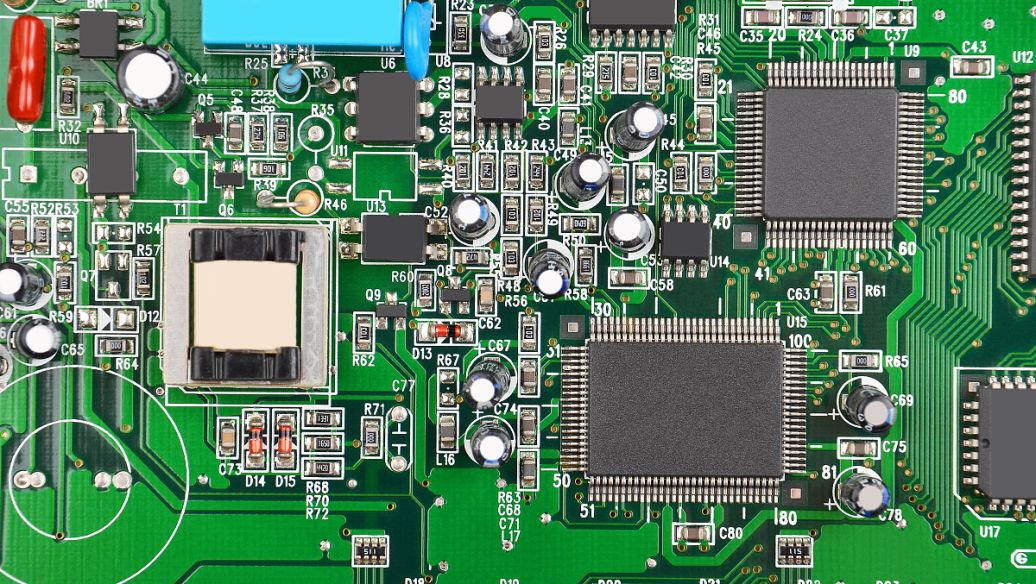 +86 755 2794 4155
+86 755 2794 4155  sales@knownpcb.com
sales@knownpcb.com
-
Shenzhen KNOWNPCB Technology Co., Ltd.
 +86 755 2794 4155
+86 755 2794 4155  sales@knownpcb.com
sales@knownpcb.com
 2024-03-12
2024-03-12
 964
964

Through hole (VIA), this is a common hole used for conducting or connecting copper foil lines between conductive patterns in different layers of the circuit board. Such as (e.g., blind holes, buried holes), but can not insert the component lead leg or other reinforcement material copper plated holes. Because the PCB is formed by the accumulation of many copper foil layers, each layer of copper foil will be covered with a layer of insulation layer, so that the copper foil layer can not communicate with each other, and the link of its signal depends on the through hole (via), so there is the title of the Chinese through hole.
The characteristic is: in order to meet the needs of customers, the through hole of the circuit board must be strengthened, so that in changing the traditional aluminum plug process, the circuit board surface welding and plug hole are completed with white mesh, so that the production is stable, the quality is reliable, and the use is more perfect. The through hole is mainly to play the role of circuit interconnection, with the rapid development of the electronics industry, but also to the printed circuit board production process and surface mount technology put forward higher requirements. The process of plugging through holes is applied and born, and the following requirements should be met: 1. Copper can be found in the through hole, and solder stopper can be plugged or not. 2. There must be tin lead in the through hole, and there must be a certain thickness requirement (4um) without solder resistance ink into the hole, resulting in tin beads in the hole. 3. The pass-through hole must have solder resistance ink plug hole, opaque, no tin ring, tin bead and flat requirements.
Blind hole: that is, the outermost circuit in the PCB and the adjacent inner layer are connected by electroplating holes, because the opposite side is not visible, so it is called blind pass. At the same time, in order to increase the utilization of space between PCB circuit layers, blind holes are applied. That is, a through-hole to a surface of the printed board.
Features: Blind holes are located on the top and bottom surfaces of the circuit board, with a certain depth for the link between the surface line and the inner line below, and the depth of the holes usually does not exceed a certain ratio (aperture). This production method needs to pay special attention to the depth of the drilling (Z-axis) to be just right, if you do not pay attention to it will cause difficulties in the hole plating, so there is almost no factory use, you can also need to connect the circuit layer in advance when the individual circuit layer is drilled first, and finally bonded together, but the need for more precise positioning and alignment device.

Or call +86 755 2794 4155
Inquiry Now

